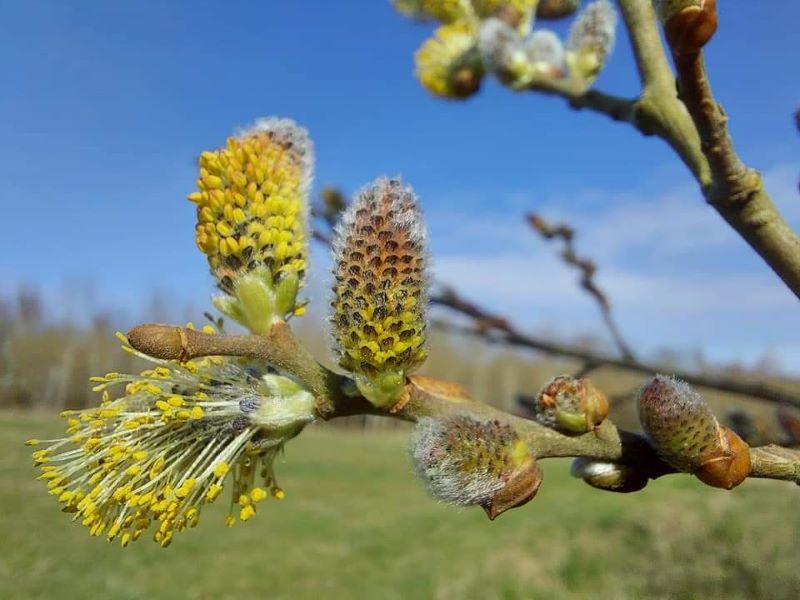
Bud bursting brilliance
Spring is the season of fresh starts and an eruption of activity in the Forest. Trees bursting into life is one of the most uplifting sights of spring, but how much do we really know about leaf and bud burst? Emma Kersley, Assistant Ranger, investigates.
What is leaf and bud burst?
Leaf and bud burst is the process of buds emerging from their winter dormancy, ready to bloom for the new season, and you can see it throughout the Forest.
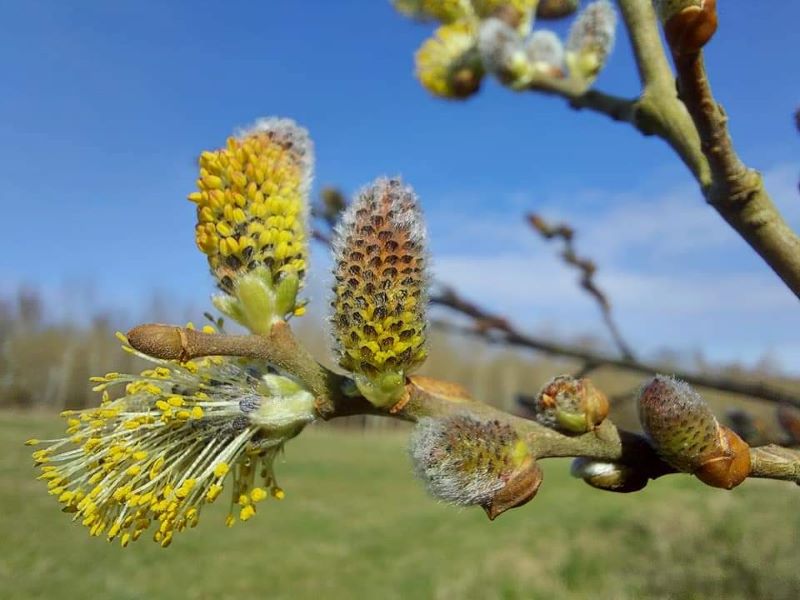
When does it happen?
On average, leaf and bud burst happens between March and April, but there is no set time/ date as bud burst varies between species, regions, and from year to year.
Interestingly, if we turn back nature’s clock to the previous late summer and autumn, this is the time that buds begin to form. Before the leaves fall, our trees will generate the buds that will burst the following year. On some trees, you may be able to see several generations of leaves and buds on the same branch, illustrating their continuous cycle of life.
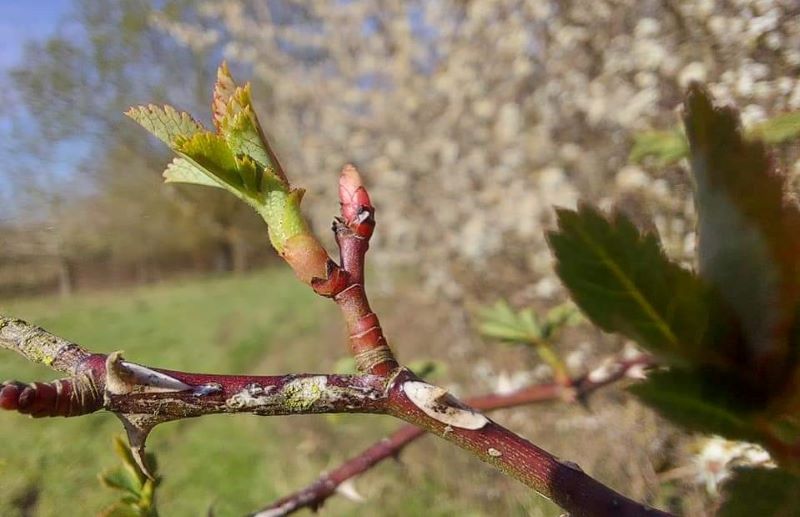
Why does it happen?
It is a mixture of signals that spark the explosion of leaves and buds.
One influencer is hormones: from their entry into dormancy – their sleep-like state during winter – to their emergence. One of the many hormones that can trigger this is known as cytokinin, which stimulates cell division to form buds. Another hormone which gardeners will be familiar with is auxin.
The phenomenon known as apical dominance illustrates how hormones can affect growth and bud formation. In trees and plants, there are lots of buds that lie dormant, but if you cut off the apex bud (the tip), it can trigger the dormant buds to grow through removing the hormone auxin.
This diagram illustrates how apical dominance works, where auxin stops the growth of lateral buds, so removing the apex bud releases the dormant buds from inhibition, as auxin is removed.
But hormones do not work alone. Like much of nature, everything is interconnected. Other influencers of bud burst are temperature, winter chills and photoperiod, which involves the response of our trees and plants to the seasonal changes of day length.
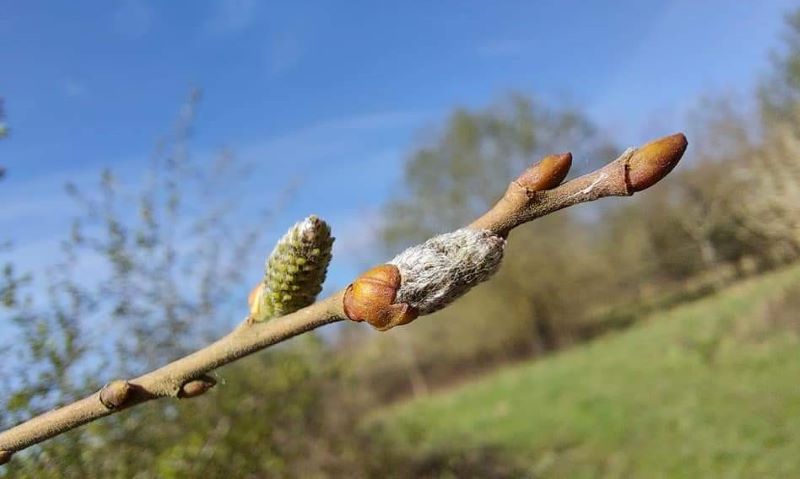
Connecting the cues
As trees and plants lay dormant in the winter, they need certain cues to wake them from their slumber.
Higher temperatures and shorter nights play significant roles in breaking their inactivity, and cleverly, they will wait for long periods of cold temperatures in the winter before breaking their dormancy. This helps to prevent early bud burst triggered by warm periods that can damage and kill them, a phenomenon known as vernalisation.
Therefore, warm spring temperatures, increasing day lengths, the length and intensity of winter temperatures are all major cues in prompting bud burst. The long periods of winter chill determine their release from dormancy, and the warming spring temperatures accelerate bud development following their release.
Alongside these cues, the change in photoperiod (day/ night length) in spring triggers the leaves to send signals to continue growth in the tree, which the short-day conditions in winter prevented by stimulating a pause in their growth.
Remarkably, earlier tree bud burst across the UK has been connected to light pollution. It was found that in brighter areas, bud burst can occur up to 7.5 days earlier. So, if you live in an area with a lot of street lighting, you may witness early budburst compared with others!
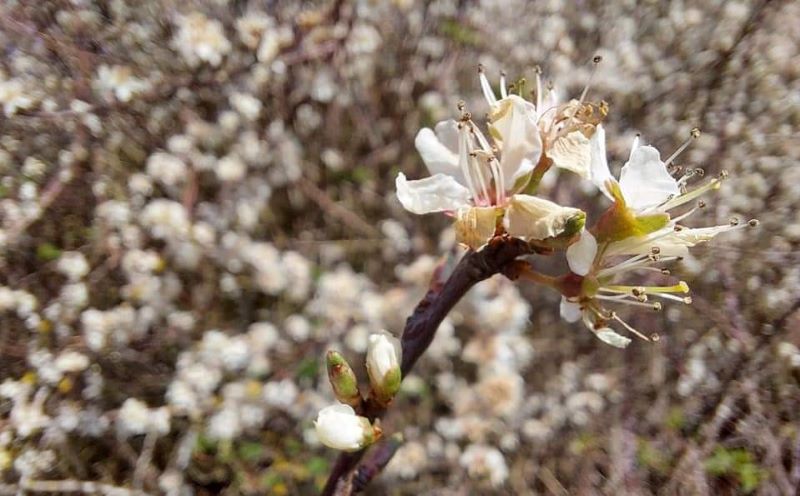
Looking out for bud burst in the Forest
The next time you are out enjoying the Forest, take a closer look at our trees and inspect their branches. You might be surprised by what you find!
The main species to look out for now with bud burst are ash, beech, oak, rowan, alder, field maple and silver birch. Do not forget to notice the beautiful white clouds from the flowers of blackthorn you will see along our hedgerows, too.



